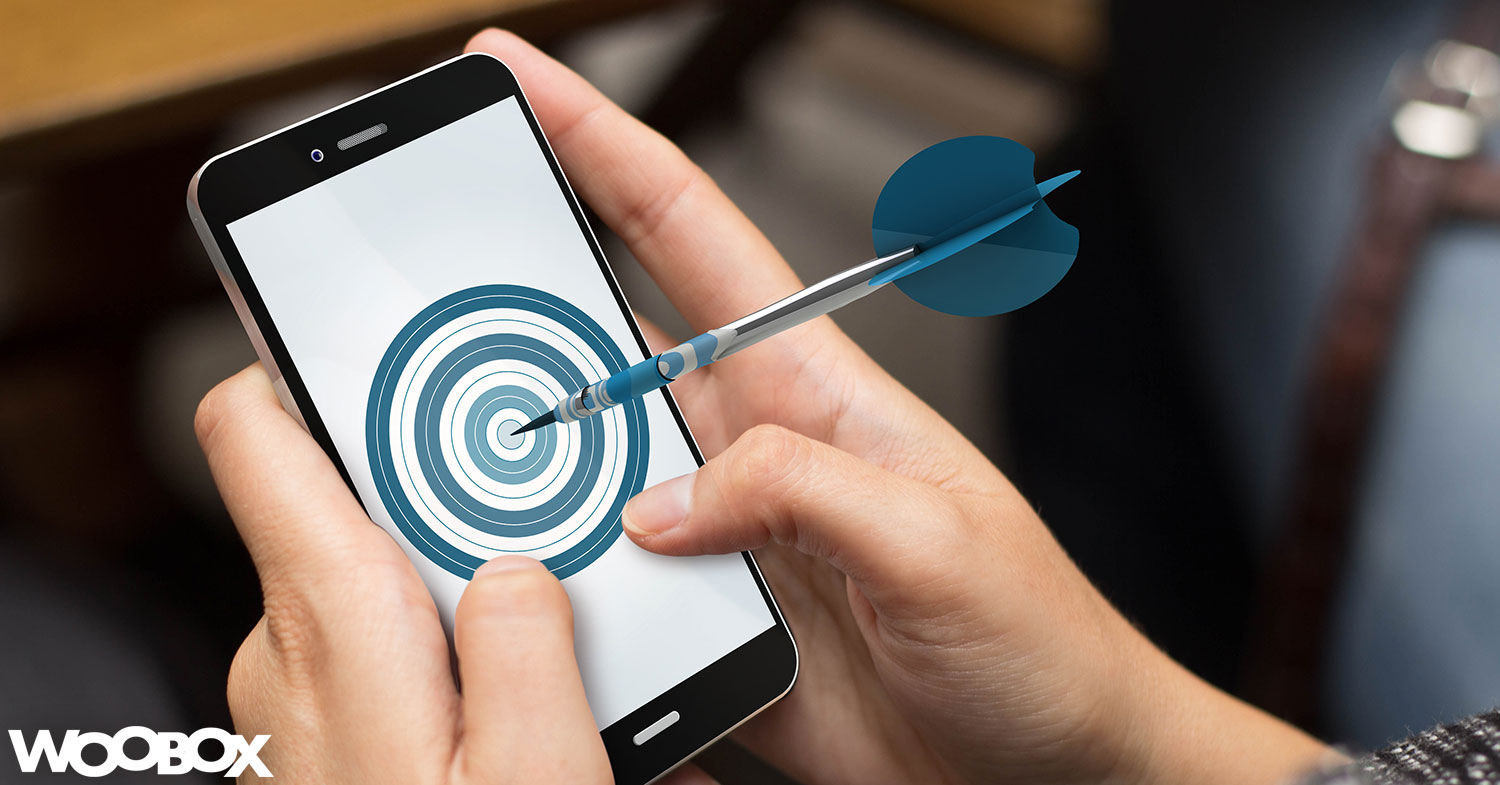It’s no longer enough to only create high quality, relevant advertising. In 2018, it’s become just as important (if not more) to set up a content distribution strategy that places your message in front of interested people and keeps it there, wherever they click.
This means you have to be omnipresent. In some sense, you have to be everywhere.
Achieving a reasonable level of omnipresence online can make the sales process easier because when someone is looking for a solution you offer, and much of the information they find is from you, there’s little doubt in their mind that you are the authority.
Your social advertising can play a key role in helping your content marketing distribution efforts spread across the internet if you know which strategies to implement. Different social platforms are no longer siloed; you can achieve much better results on all channels through cross-promotion and use of as many channels that make sense for your target audience. In this article, we’ll cover 8 of those specific ad strategies.
1. Utilize Facebook’s simultaneous ad promotion with Instagram
If you are running Facebook, by now, you should have noticed that you have the option to add your Instagram account to your Facebook Ads Manager account and cross-promote your campaigns. This gives you the ability to reach two channels with one effort. So without wasting time, let’s dive into the specifics.
Start to create an ad as you normally would through Power Editor or Facebook Ads Manager. You will go through the same setup process as you would create a Facebook ad (you can reference our previous article if you want more comprehensive steps).
The key step is to enable/add your Instagram account if it is not linked up already, as seen below.

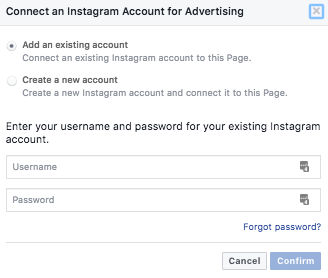
Then, make sure to go through and set your budget, specify the audience (audience tools like Woobox offers to make this incredibly easy), and specify placements. Do not brush over this step, and take extra time adjusting your audience specifications, because the key to success is reaching the people who need your business solution.
Instagram ads have 6 formats available to choose from.
The first 4 choices you have correspond to Instagram’s feed, which includes:
- Carousel ads
- Single image
- Single video
- Slideshow.
The last 3 format choices correspond with Instagram’s story feature include:
- Single image
- Single video
- And the newest format addition, carousel ads formatted for Instagram stories.
If you’re unsure about choosing your first format, we suggest going with carousel ads. They’re eye-catching and allow you to express your message or showcase a product through multiple images in an interactive way.
Here’s a great resource and FAQ site for carousel ads with examples, best practices, design guides, and more.
Remember in choosing the format, when you are specifically focused on a multi-channel campaign, to consider which design format works best for both Facebook and Instagram platforms. We suggest sticking to the first 4 formats we mention and save the Instagram story specific formatting for Instagram only campaigns.
As always, think about which format best conveys the type of content you are promoting, and the end goal of the campaign.
2. Cross promote giveaways and contest campaigns on multiple channels
Whether you create your contest or giveaway campaign on Facebook, Instagram or Pinterest, you can and should maximize the campaign engagement on all of your social channels.
Here are just a few examples of how.
Leverage your contest rules. Let’s say you create a video contest on Facebook where the entrant must fill out a form and then upload a video to qualify. To include engagement in more social channels you can encourage the user to post the video on Instagram using a specific hashtag, and share their post via Twitter, again, using the same hashtag for extra entries.
Repurpose your audience on Facebook using a tab. Let’s say you’ve created a Pin To Win contest like this Woobox client below.
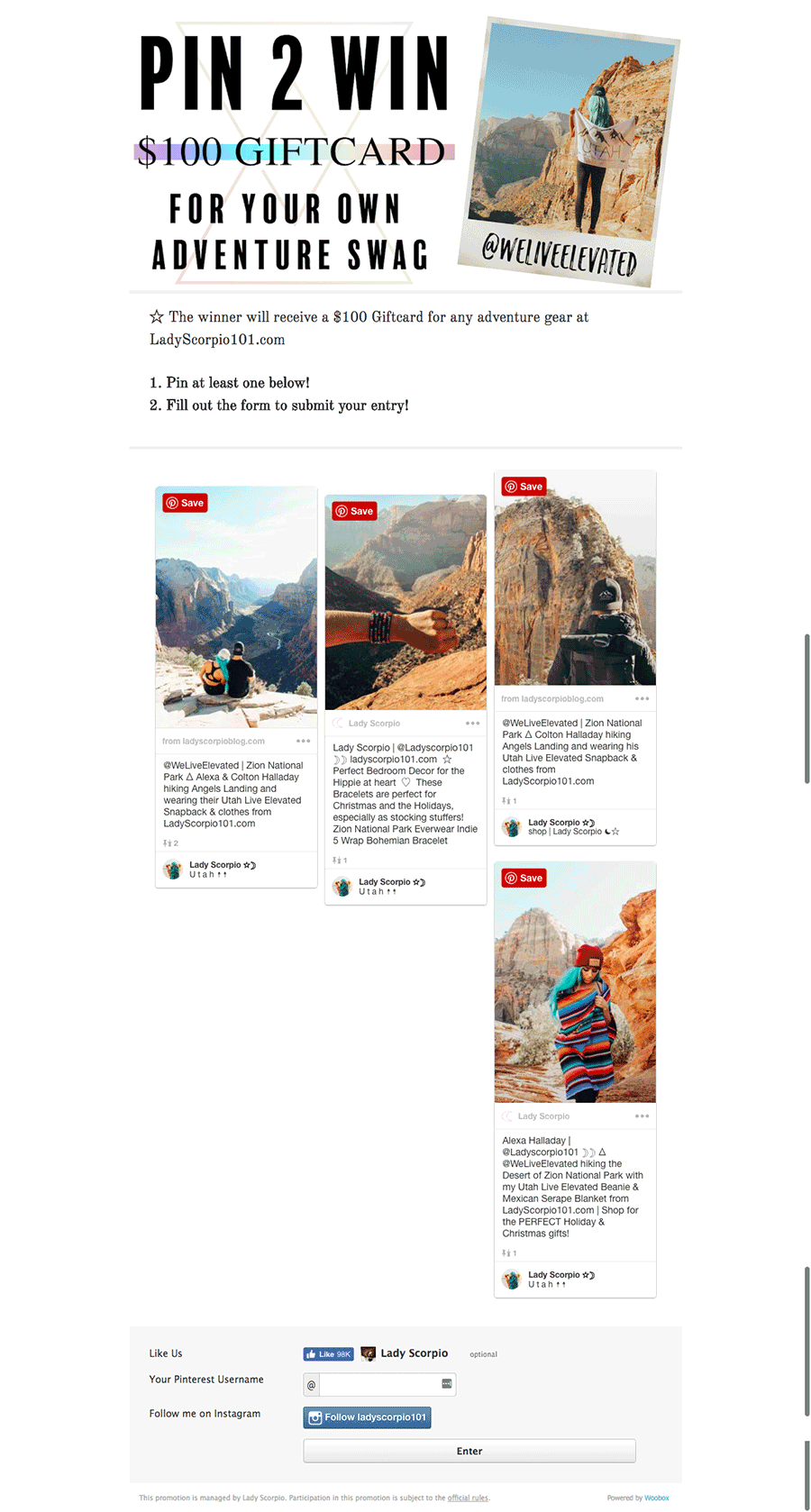
You already have a landing page your promoting on multiple platforms. But what if you simultaneously created a Pinterest Tab directly on your Facebook page that allows your Facebook audience to follow your Pinterest contest and page with the click of a button.
Here’s an example from another Woobox client, Starbucks.
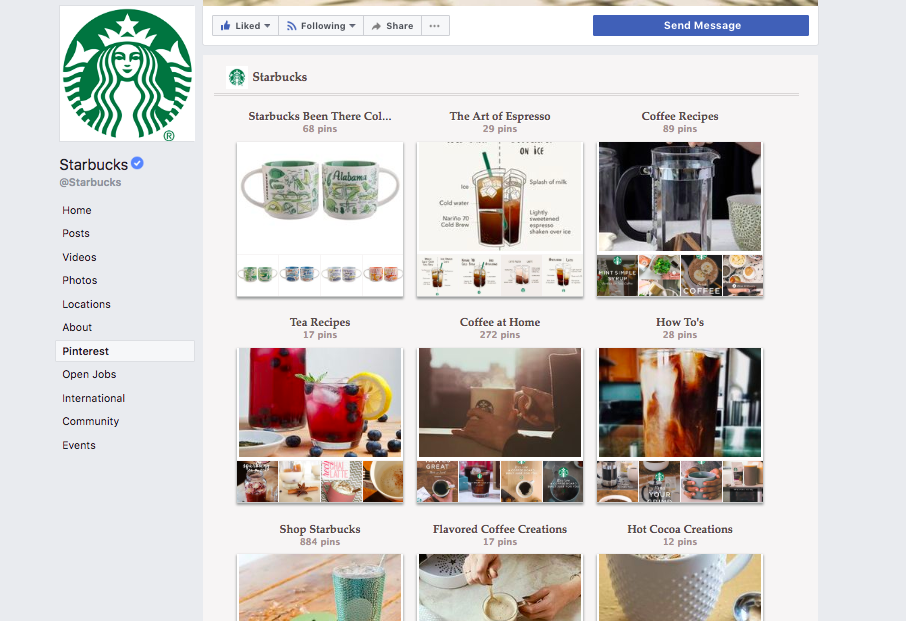
The same can be done for Instagram, Twitter, and Youtube. When you have a contest on one platform, you can piggyback off the piqued interest to show contest entrants multiple examples of your content. Woobox makes adding tabs incredibly easy.
Create a custom form to act as a microsite that’s easily shared across all platforms, beyond just social. Using software designed to create contest forms that can be shared across all social channels, in email and newsletter campaigns, on a website, and even have a built-in Winner Picker. Here’s an example from a Woobox client:
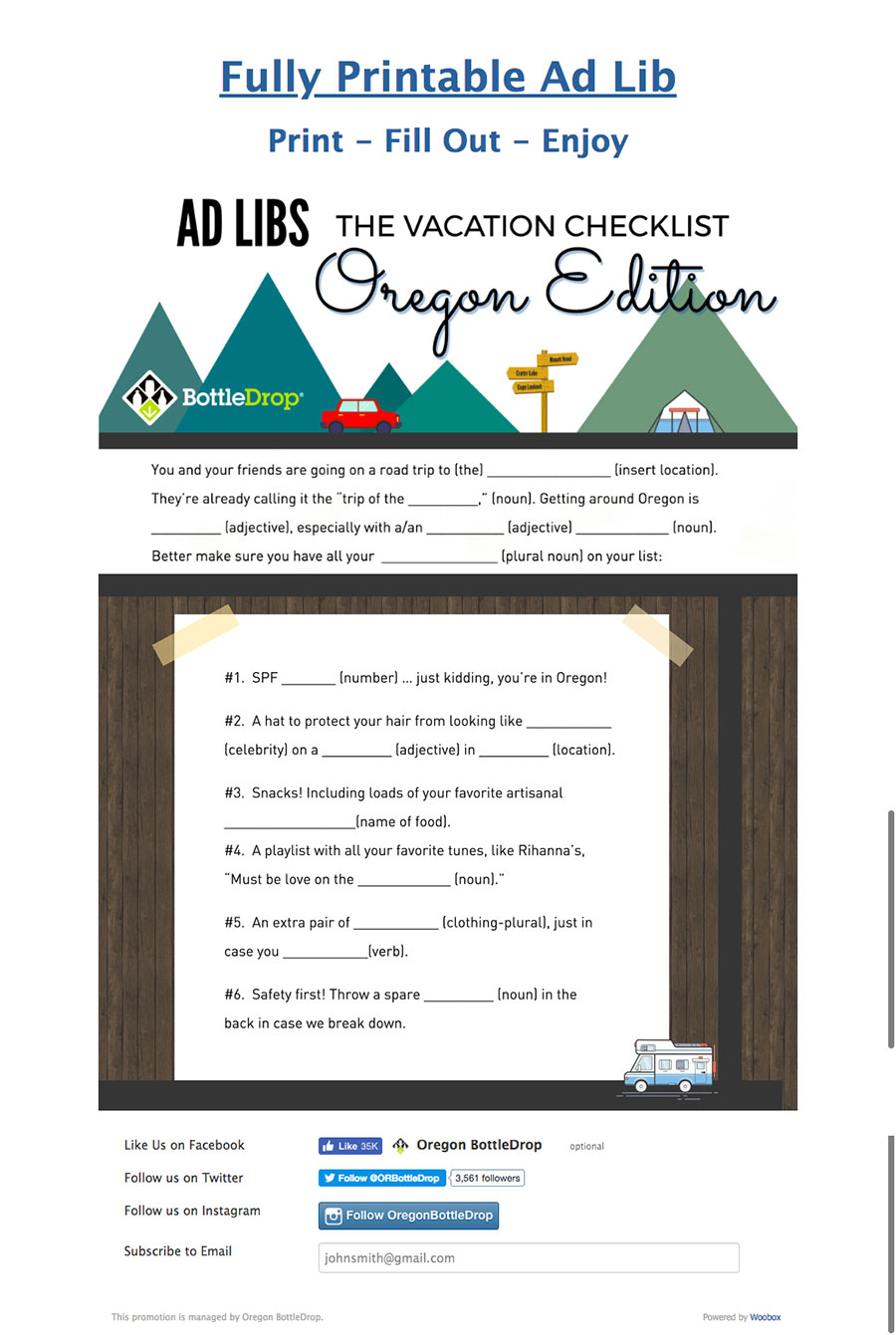
3. Use Facebook custom targeting to retarget people who engage with your website
Facebook has a custom audience option when choosing your audience for an ad campaign. You can repurpose lists of names, emails, and other demographics via CSV or TXT file from a current audience that engaged with your website, newsletter, or other platforms. Facebook compares your list with their database and retargets them, with an option of also targeting a lookalike audience to attract new leads with similar profiles.
4. Share your website blog posts on Linkedin’s publishing platform
Outside of sharing a link to your blog post and basic SEO formatting and principles, marketers are constantly trying to achieve greater reach and impact with their blog content. One way to maximize their reach and impact is by utilizing Linkedin Pulse. Publishing your blog on LinkedIn provides more value to connections who view your profile, and with Linkedin’s primary focus on building business relationships, what better way to do so than by providing value up front. Another benefit is that your connections are notified each time you publish, giving a prime opportunity for them to engage and share the content with their audience.
Finally, if your post ends up getting featured, your reach is exponentially increased; including a link back to your original article creates an opportunity for more traffic back to your site. There are SEO considerations and downsides to content syndication, such as possible penalties and ranking. However, these can be easily avoided with content summaries and noindex metatags.
5. Adjust your content format to perform best on each social channel
This is by far one of the biggest mistakes marketers make, not only when building omnipresent campaigns, but across content marketing as a whole. Posting the same message and content format to each social platform is like running a text through Google Translate: you run the risk of getting an inaccurate interpretation. The impression given can feel careless and lacking intention and purpose. Your content should be tailored to the language and strengths of each platform. Really understand each channel that you invest in, and tweak your content message and design to ensure you are providing the highest value possible to different audiences.
6. Identify channels your target audience is most likely to use
While this article is focused on getting your content featured everywhere, it is important to strategically choose what “everywhere” means given your resources and goals. Most of us are not Pepsi or Starbucks with seemingly endless resources, which means that it is important to be somewhat discerning about what channels to invest time, money, and resources in. Think about your target audience, and study their personas to assess which platforms they are most likely on and which they are using the most. If you sell menopause relief supplements, for example, it makes very little sense to have a presence on Snap Chat, where the majority of the users are under 34 years old. This would be a waste of resources that could be allocated to a more relevant channel.
7. Create a congruous experience
While sharing content across multiple channels, it’s important to stay true to your brand identity throughout every post. This is crucial because if someone is new to your brand, you want them to have the same experience with you on Facebook as they would on Instagram. This is no different than Starbucks ensuring their guests, whether in California or New York, have the same experience every time they enter a Starbucks location. This is how people begin to remember you, and eventually, become loyal customers. Be cohesive across all of the social channels with a consistent look, feel, voice, and message.
8. Create a custom dashboard
When you are monitoring multiple channels, having a dashboard with all of your campaigns in one place provides a much easier way to assess progress and find room for improvement. While it’s important to keep a micro-view on each channel, a macro-view can provide new insights into potential content cross-over. You can create a dashboard through various software, or create your own via a spreadsheet, identifying and tracking specific KPI’s across all channels side by side.
Conclusion
Try out some of these strategies and let us know the results! Woobox can add ease, branding consistency, and organization to your omnipresent campaigns, keeping both marketing promotion creation and management in one location. Creating a Woobox account is free! You can begin build campaigns, creating many contests, giveaways, and promotions as you like. A subscription is only required to publish and run a campaign.
